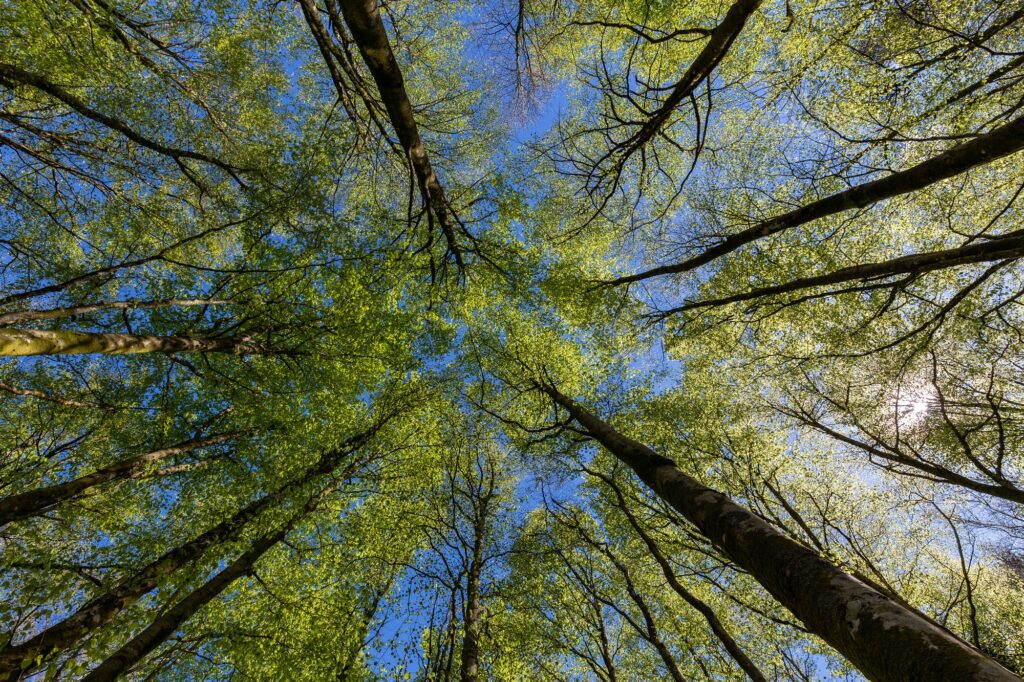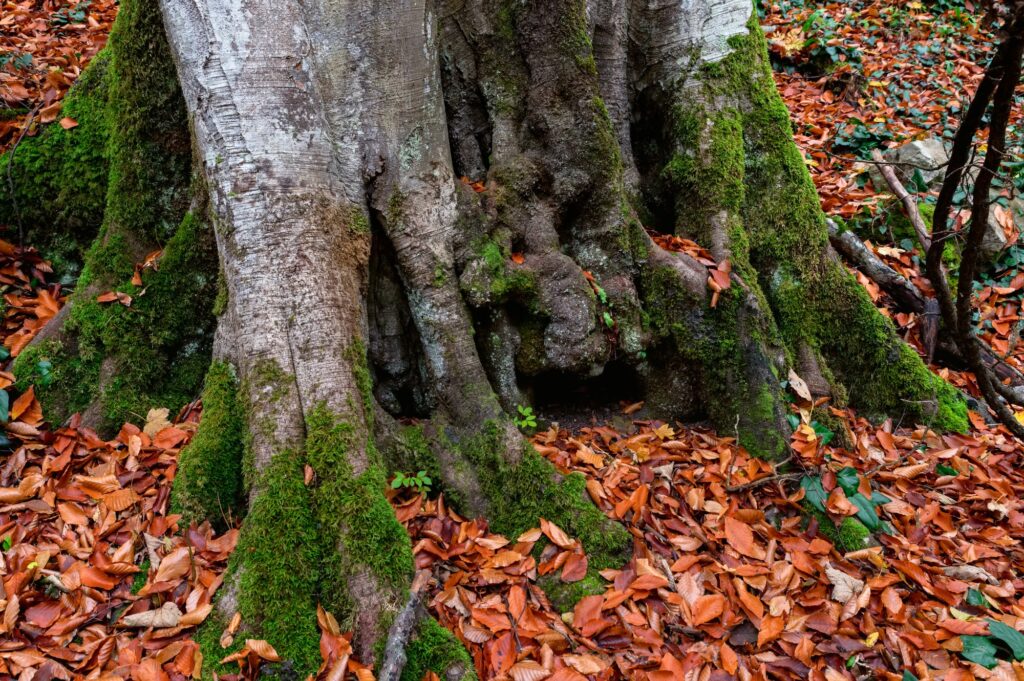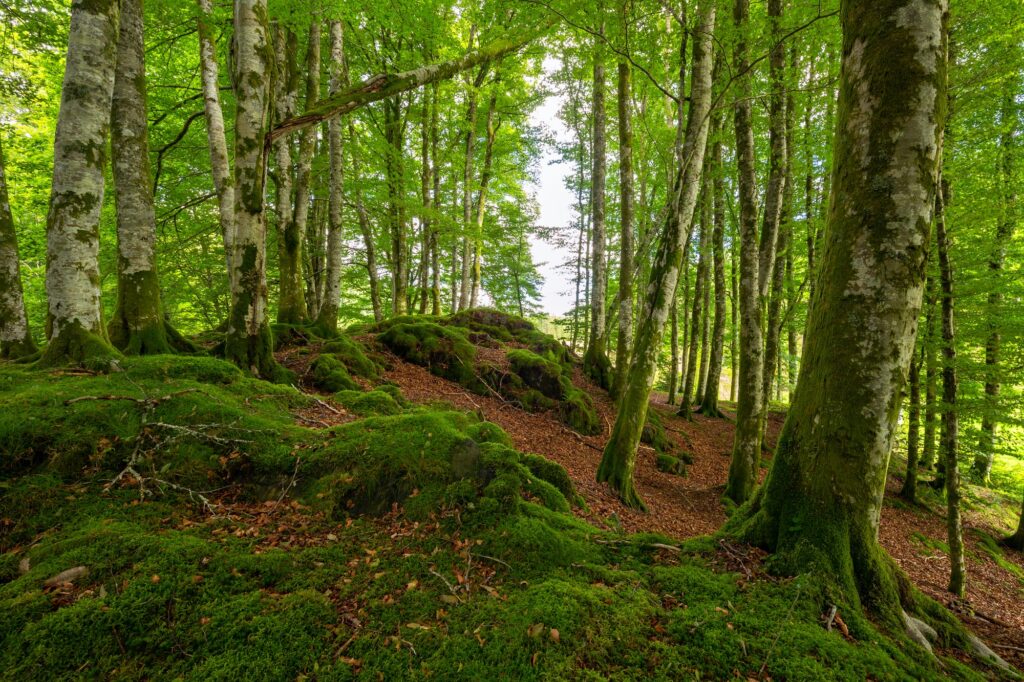12 Interesting Facts About Fagus (Beech Tree)

Introduction
Fagus trees, commonly known as beeches, are truly magnificent trees that have captivated people’s imagination for centuries. With their smooth bark, lush canopy of leaves, and abundant autumn nuts, beeches have become icons of strength, beauty, and longevity in nature.
In this article, we will explore 12 fascinating facts about Fagus trees that reveal their unique characteristics and ecological importance. From their classification and global reach to their cultural symbolism and commercial uses, these interesting tidbits provide a glimpse into the wonders of the beech.
1. There Are Over 10 Species of Beech Trees

The Fagus genus includes over 10 distinct species of deciduous beech trees found throughout temperate forests of Asia, Europe, and North America. Some of the most common species are the European beech (Fagus sylvatica), American beech (Fagus grandifolia), and Oriental beech (Fagus orientalis). Each species has adapted to thrive in its native habitat.
2. Beech Trees Have Very Smooth Bark
Unlike oak or pine trees, mature beech trunks have smooth, silvery-gray bark that feels soft to the touch. Some compare its texture to elephant skin. This thin, smooth bark helps distinguish beech trees from other common hardwoods.
3. Their Wood Is Used to Make Furniture

Beechwood1 is an attractive medium for carpentry due to its fine-grain patterns and durability. The pale cream color and ability to stain uniformly have made Beech a popular choice for furniture, cabinets, flooring, and veneer.
4. Beech Trees Produce Triangular Nuts
In autumn, beech trees bear small, sharply three-angled nuts between 5⁄8 to 3⁄4 inches in size. These beech mast nuts are borne in soft, prickly four-lobed husks. Squirrels and birds often feed on these protein-rich nuts.
5. Their Leaves Turn Bronze in the Fall
As winter approaches, beech foliage transitions from summery green to stunning shades of copper-bronze. This autumn phenomenon occurs in both European and American beeches, lighting up woodlands with colorful canopies.
6. Beech Wood Was Used to Make Early Books
Before paper was widely available in Medieval Europe, many texts were laboriously handwritten onto pages made from smoothed beech wood. The Latin word for a book, ‘liber’ originally meant the inner bark of a tree.
7. Beech Trees Can Live Over 300 Years

Given ideal growing conditions, the lifespans of American and European beech trees can exceed 300 years. Some historic beeches in Great Britain have been estimated to be over 400 years old. Their longevity is a testament to their enduring nature.
8. Parts Have Been Used Medicinally
Various components of Fagus trees have been utilized in traditional folk medicine to treat inflammations, skin ailments, and digestive issues. However, modern clinical research on their efficacy is still limited.
9. Beech Wood Was Used to Flavor Foods
In Victorian England, manufacturers pressed beech wood nuts to extract an edible oil for cooking and lighting lamps. Beechwood tar and smoke have also been used as a smoke flavoring to cure meats or add smoky notes to certain foods.
10. They Are Important for Forest Ecosystems

As large, long-lived deciduous trees, beeches play a vital ecological role in temperate forest ecosystems. They provide habitat, improve soil nutrients, regulate water cycles and offer food sources for birds, deer and small mammals.
11. Beech Trees Have Cultural Symbolism
With their stunning grandeur and longevity, beech trees have become woven into various cultures, mythologies, and legends across Europe and Asia. They often symbolize wisdom, fertility, prosperity or love in folklore.
12. Climate Change Threatens Beech Forests
While beech trees have survived past shifts in climate, today they face increasing threats from rising temperatures, droughts and encroaching pests on their native range. Conservation efforts to preserve beech-dominated forests are ongoing.
Conclusion
In closing, I hope these 12 interesting facts have shed some light on the marvels of Fagus trees and peaked your curiosity to learn more. From their unique bark and leaves to their delectable nuts and cultural lore, beeches have captivated people’s imagination across continents. These facts only scratch the surface of what makes beech trees so iconic.





